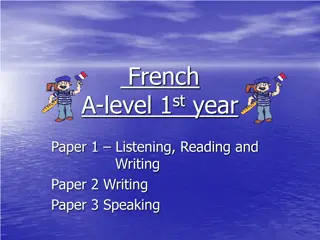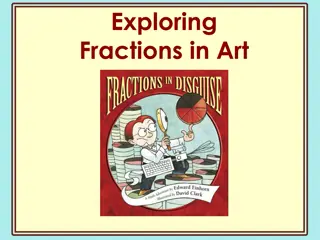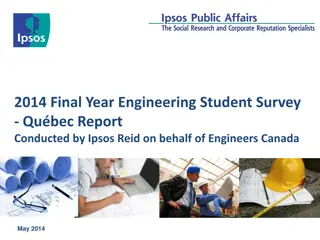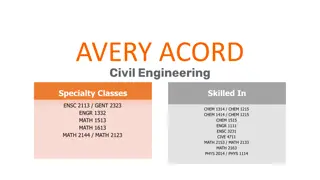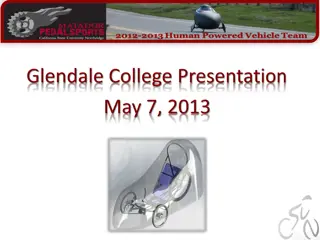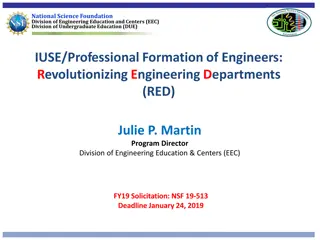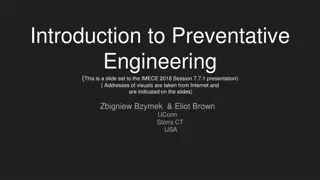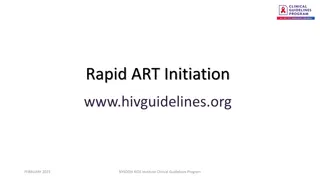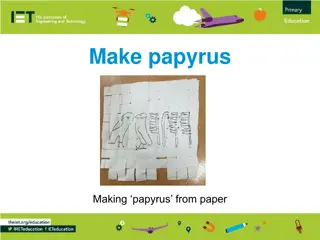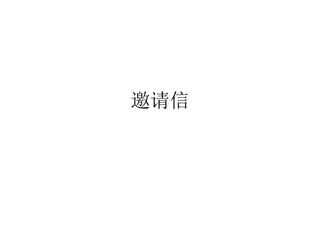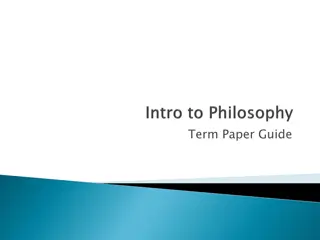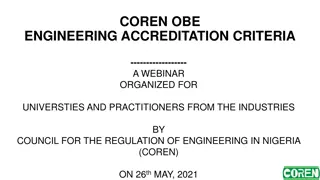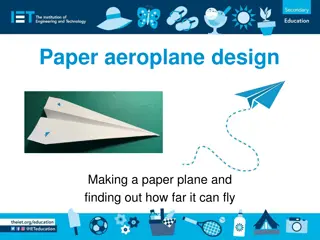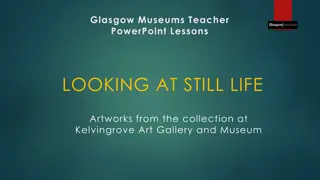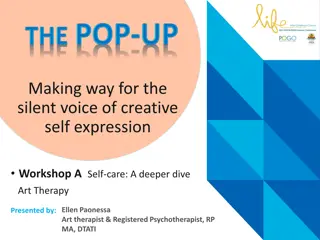Exploring the Art of Paper Engineering: Transforming 2D to 3D
Unveil the world of paper engineering through a hands-on project to create a 3D pop-up book from flat sheets of paper. Learn key concepts such as advantages of pop-up books, making 3D shapes, folding techniques, and creating captivating stories. Dive into V-Fold methods and unleash your creativity by adding decorations to bring your pop-up designs to life.
Download Presentation

Please find below an Image/Link to download the presentation.
The content on the website is provided AS IS for your information and personal use only. It may not be sold, licensed, or shared on other websites without obtaining consent from the author. Download presentation by click this link. If you encounter any issues during the download, it is possible that the publisher has removed the file from their server.
E N D
Presentation Transcript
Paper Engineering Lesson 1 Bringing paper to life, from 2-Dimensional to 3-Dimensional
Project Learning Objectives: To create a 3D pop-up book suitable for a small child. Week 1 Week 2 Week 3 Success criteria: (SC1) I can explain advantages and disadvantages of pop- up books (SC2) I can identify advantages and disadvantages of making 3D shapes from flat sheets. (SC3) I can describe how folding a flat (2D) sheet of paper makes it a 3D object. (SC4) I can describe how different cuts and folds can make different 3D shapes. (SC5) I can make a pop-up designs following instructions. (SC6) I can make a pop-up designs from a blank piece of paper. (SC7) I can identify the difference between pop-ups and mechanisms (SC8) I can create a short, fun story and make it into a pop- up book. Analysis of Pop-up books. Have a go at some basic pop-up techniques. Explore the essential techniques for accurate pop-up. Continue to have a go. Introduce variations of pop-ups. Using knowledge learnt so far, introduce mechanisms. Know the difference between them. Week 4 Week 5/6 Week 7/8 Discuss key criteria for a good story or pop-up book. Plan the story using a storyboard. Evaluate the story plan so far. Start to make the pop-ups and mechanisms for all the pages. Finish the pages, with text and decoration. Create the cover and assemble the finished book.
Introduction If you havesome pop-up books share these with the children, get them to think about: How fragile they are? What is their favourite page and why? Can they tell the difference between a pop-up and a mechanism? Can they work out how the pop ups work? A pop-up does just that, pops up when the page is opened, a mechanism, could be a flap, something that rotates or slides backwards and forwards.
V-Fold Folded Edge 2: With the folded edge on the left, make another, diagonal fold along the top left corner. Make sure the crease is flexible. 1: Fold a piece of card in half down the centre. Use a ruler to press along the fold, reinforcing it. 3: Open the sheet, to see a V-shaped crease. When you fold the sheet closed again, push the V in towards the inside of the folded sheet. When you reopen the sheet, the V should pop out. TIPS: Open the paper up again and fold the other way along the same crease. Repeat up to three times. This breaks the fibres of the paper or card, and makes the fold smooth and flexible
V-Fold - Decoration 5: Next, make a picture to add to your V-fold. Draw your image on a separate piece of card (making sure it fits within the V ), fold it in half horizontally, and put glue on the back of the picture, but only at the bottom. 4: A view of your card with the V-fold, pushed in towards the inside of the folded sheet. 6: Align the fold on the picture with the centre crease of the V-fold. Glue the two pieces together, then open the whole thing a few times to create flexibility.
Box Fold Folded Edge Fold 2: From the folded edge, measure two lines of equal length (5cm) reaching towards the unfolded edge. Ensure as best as you can that the lines are parallel with the side edges of the paper and that they re not too far from each other (5cm again works well). Cut along these two lines. 3: Now, fold the paper between the ends of these incisions. Repeat a few times and press with a ruler to make the fold strong and flexible. TIPS: Open the paper up again and fold the other way along the same crease. Repeat up to three times. This breaks the fibres of the paper or card, and makes the fold smooth and flexible 1: Fold a piece of card in half down the centre. Use a ruler to press along the fold, reinforcing it.
Box Fold - Decoration 4: Open the paper up and push the box flat against the inside of the sheet as you fold it closed. There will now be a gap in the closed paper shape. Press hard where the fold is to make it more flexible. 5: When you reopen the paper half-way, you should see a pop- up box. 6: Put glue on the right side of the box, and stick on a picture of the children s choosing, lining up the bottom of the picture with the bottom of the box.
Assessment Pop-up books: Thinking of what you have learnt today, can you give an advantage or disadvantage to pop-up books Advantages Disadvantages
Assessment Can you write instructions of how to complete the pop-ups, or use sheets provided and they can annotate them





